Along with injection molding, plastic extrusion is one of the most widely used manufacturing processes for plastic molding, and the most widely used thermoplastic.
It is used to create objects with continuous contours, such as pipes, pipes, and door contours. Thermoplastic extrusion has existed in its current form for nearly a century, but it is still a powerful tool for mass production of continuous profile parts.
The customer works with a plastic extrusion company to create a customized plastic extrusion for a part, usually in large batches, but sometimes-like Holly-in small batches.
This article covers the basics of plastic extrusion, including how the process works, what kind of thermoplastics can be extruded, what products are plastic extrusion used to make, and how plastic extrusion compares to aluminum extrusion.
1. Plastic Extrusion Process
To understand the plastic extrusion process, it is useful to understand what an extruder is and how it works.
Generally, the extruder contains the following parts:
- A hopper for storing plastic raw materials
- Inlet, the plastic enters the barrel from the hopper
- The heated barrel contains a screw driven by a screw drive motor, which forces the material into the feed pipe
- The crushing plate is equipped with a screen to filter the material and maintain the pressure Feeding pipe, at this time the molten material flows out of the barrel and is sent to the mold
- Mould, plastic material into the required extruded profile Independent cooling system to make the extrudate solidify evenly
Plastic extrusion begins with the loading of the hopper with pellets or flakes of solid raw materials. The material is gravity conveyed into the extruder barrel through the feeding port. Once the material enters the barrel, it starts to be heated through three or more heating zones. (The heated area may be colder near the feed inlet and hotter near the mold to allow for gradual melting.)
When it is heated, the material is simultaneously pushed to the mold end of the barrel, a reciprocating screw driven by a motor. The screw and pressure also generate heat, so the heating zone itself does not have to be as hot as the required extrusion temperature.
The molten plastic is discharged from the barrel through a screen reinforced by particleboard. This screen removes contaminants from the material and keeps the pressure in the barrel uniform.
The material enters a customized mold through a feed tube, which has been processed into an opening shaped like the desired extrusion profile to create a customized plastic extrusion.
When squeezed through the die, the material takes the shape of the die opening, completing the extrusion process. Once completely passed through the mold, the extruded profile is cooled in a water bath or through a set of cooling rolls to make it solidify.
2. Extruded Plastic
Plastic extrusion works with many different thermoplastics. These materials are heated to a temperature high enough to melt the material, but not too high, causing thermal decomposition.
This temperature varies with different extruded plastics. Pellets of plastic, that are similar to the ones used for injection molding, are usually fed into an extruder during the manufacturing process. Other forms include powder, flakes and granules.
Common extruded plastics include:
- Polyethene (polyethylene): Extruded between 400°C (low density) and 600°C (high density)
- Polystyrene: ~ 450°C
- Nylon: between 450°C and 520°C
- Polypropylene: ~ 450°C
- PVC: between 350°C and 380°C
In some cases, the desired extruded plastic may be an elastomer or thermoset plastic rather than a thermoplastic.
3. Applications of Plastic Extrusion
If the parts have consistent profiles, plastic extrusion companies are capable of producing any kind of part. Plastic extrusion profiles are ideal for pipes, door profiles, auto parts, and more.
1) Pipes and tubes
Tubing and pipes are common plastic extrusions since they have a single cylindrical profile, regardless of whether the material is PVC or thermoplastic. The external sink is an example of an extruded tube.
2) Wire insulation
Many thermoplastics have excellent electrical insulation and thermal stability, making them suitable for the insulation and sheathing of extruded wires and cables. Plastic extrusion companies can also use fluoropolymers for this purpose.
3) Door and window profiles
Since they do not have discontinuous profiles, and since they are long, plastic door and window frames are excellent for extrusion. PVC is a popular material for this plastic extrusion application and all plastic extrusion profiles related to household accessories.
4) Shutters
Blinds (blinds) composed of many identical slats can be extruded with thermoplastics. The typical silhouette is short in length, sometimes rounded on one side. Polystyrene is often used to make artificial wooden shutters.
5) Weatherstrip
Plastic extrusion companies usually produce weatherproof strip products—for example, weatherproof strips, whose plastic extrusion profiles are designed to fit snugly with door and window frames. Rubber is a common weatherproof material.
6) Windshield wiper and rubber cleaner
The windshield wiper of a car is usually squeezed. The extruded plastic can be a synthetic rubber material, such as ethylene propylene diene methylene, or a plastic extrusion company can co-extrude synthetic rubber and natural rubber. The working principle of a manual scraper is similar to that of a windshield wiper.
7) Plastic extrusion and aluminium extrusion
In addition to thermoplastics, aluminium profiles can also be extruded. The advantages of using aluminium extrusion parts include being lightweight, having conductivity, and recyclability. Common aluminium extrusion applications include bars, pipes, wires, pipes, fences, rails, frames, and radiators.
Unlike plastic extrusion, aluminium extrusion can be hot extrusion or cold extrusion: hot extrusion is performed between 350°C and 500°C, and cold extrusion is performed at room temperature.
Holly is a select group of companies to provide low-volume custom plastic extrusion. Most plastic extrusion companies will not accept small orders, but Holly and our partner network can meet your prototype and short-term production needs.

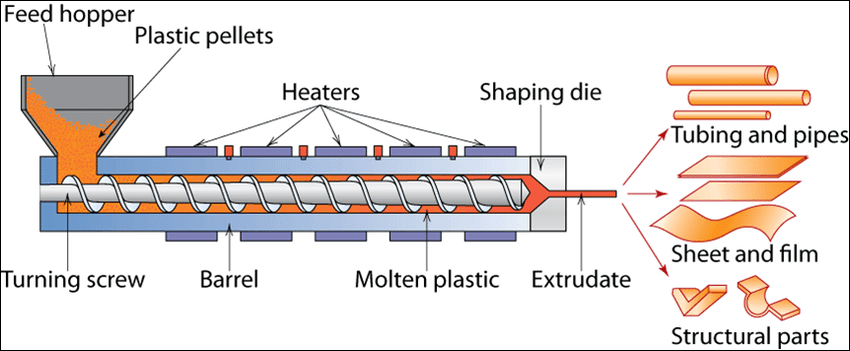
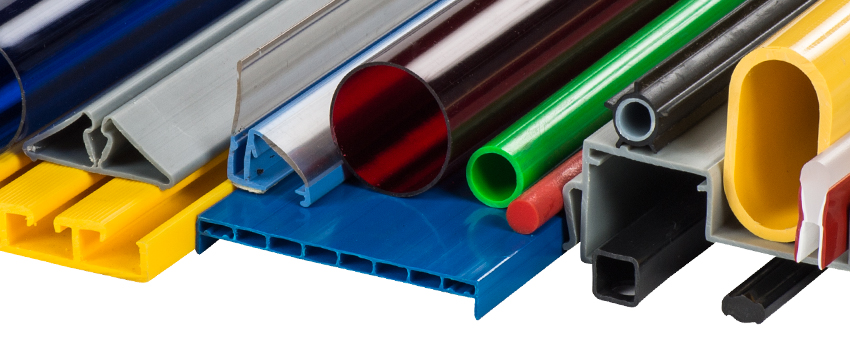
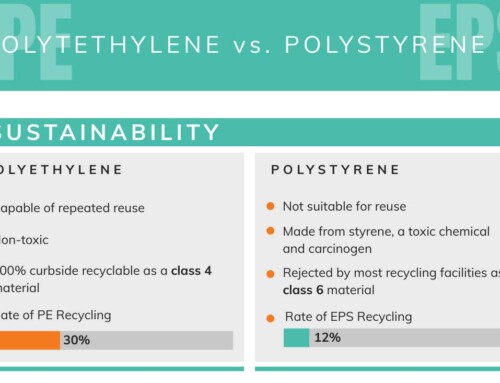
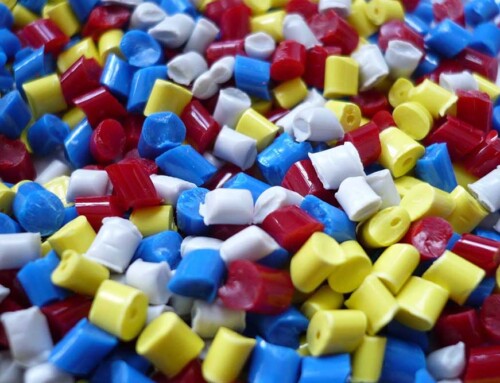
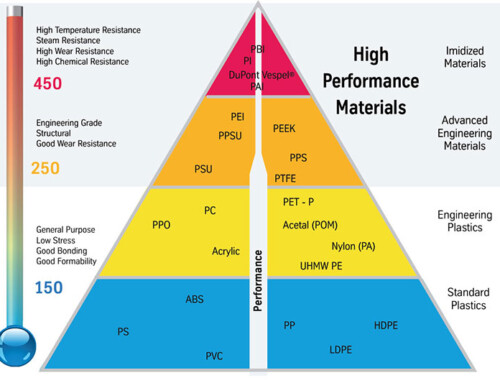
Leave A Comment